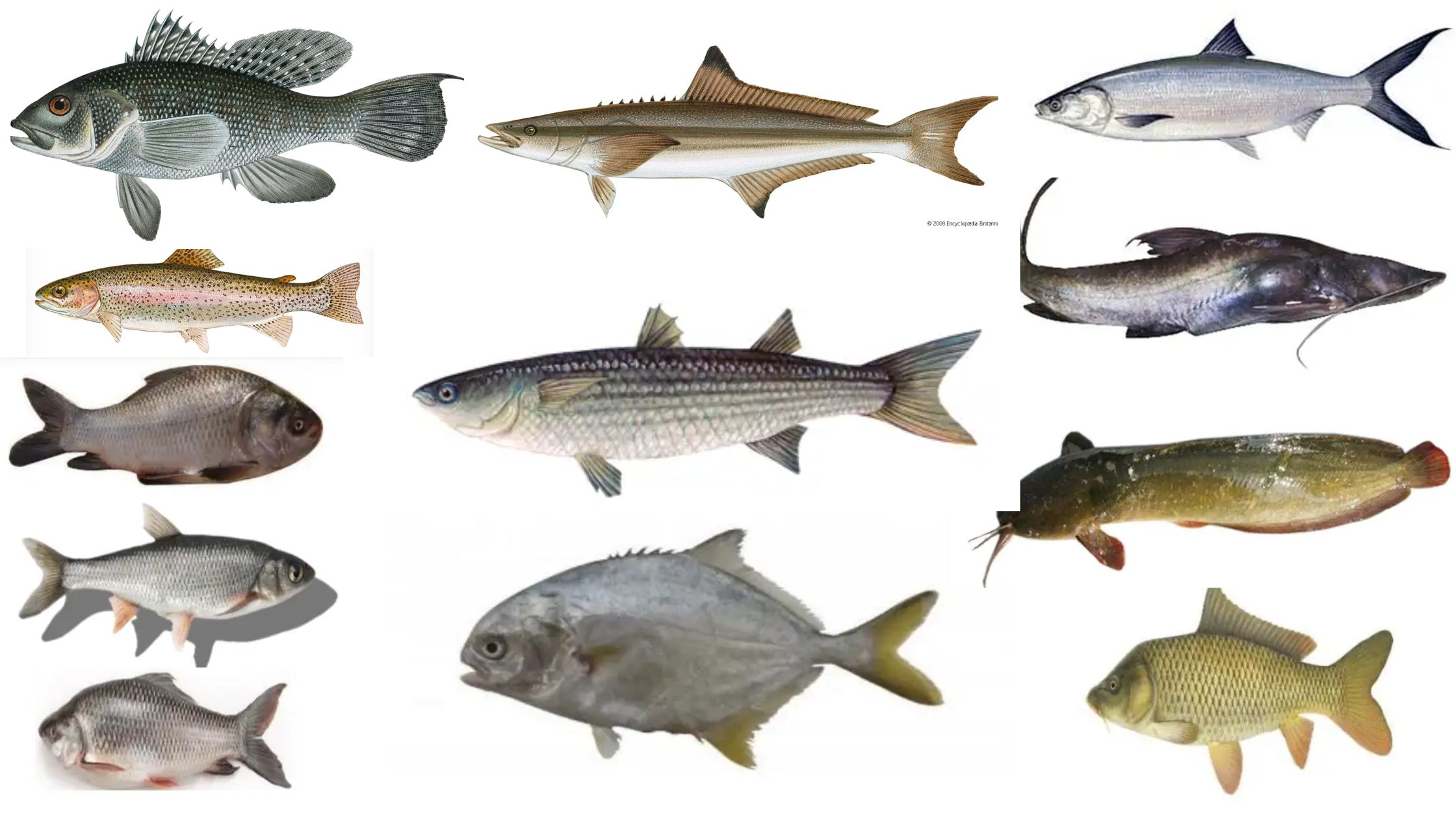Phylum Ctenophora – Characteristics, Classification, Examples, Evolutionary significance
What is Phylum Ctenophora? Kingdom Animalia Subkingdom Eumetazoa Phylum Ctenophora Phylum Ctenophora, commonly referred to as comb jellies, encompasses a group of marine invertebrates known for their distinctive, jelly-like appearance and unique locomotive mechanisms. These creatures, often mistaken for jellyfish, play a significant role in marine ecosystems across the globe. Below is an exploration of … Read more









